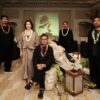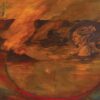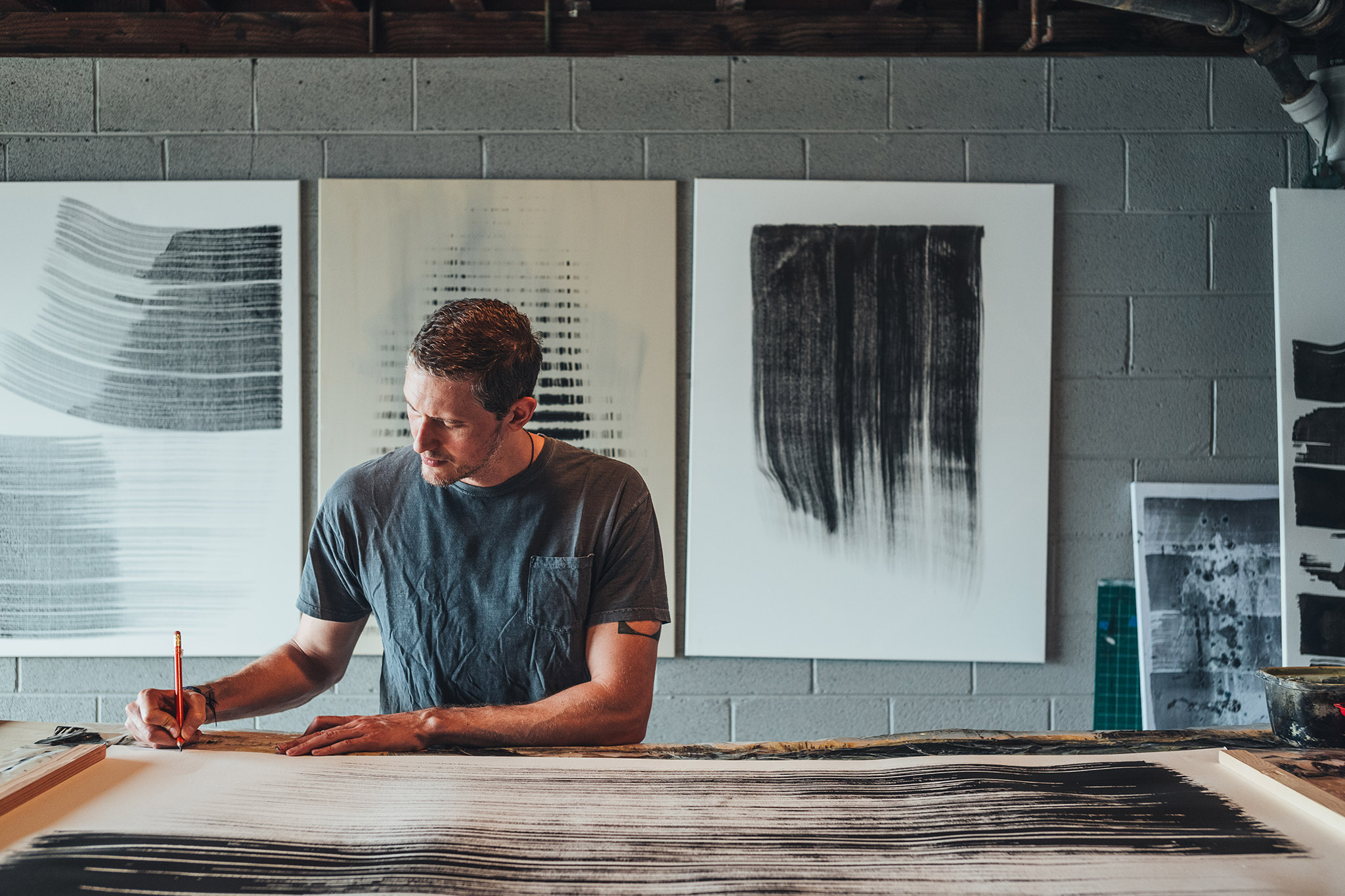Text by Spencer Kealamakia
Images by Mark Kushimi and courtesy of Kamran Samimi
Kamran Samimi’s sculptures remind me of the song “Pōhakuloa.” The song, written and performed by falsetto singer Gary Haleamau, honors Hawai‘i Island’s saddle region, the high plateau between Maunakea and Mauna Loa. Haleamau’s voice pitches higher and higher as he captures the unearthly experience of being 7,000 feet above the sea on ancient lava flows—“pōhaku pele”—and in plaintive Hawaiian he sings the refrain, “Pōhakuloa, nahenahe mai,” meaning “gentle, sweet Pōhakuloa.” It seems an odd way to describe the region’s frigid climate and arid landscape, yet there couldn’t be a more perfect description. The song is a hymn—as mele (songs) and oli (chants) often are—not in praise of Pōhakuloa’s appearance but its essence.
I have the song in mind when I visit Samimi at his workspace on the ground floor of a plantation-style house in Mānoa. It’s dimly lit, and the still, cool air makes it feel subterranean. Laid out along the wall and on the ground are stones varying in size, shape, and texture, most of them found or salvaged basalt: chunks of sharp a‘ā, knotty pāhoehoe, river stones worn smooth, cinder bits airy like popcorn.
Beyond its geologic connection to the islands, basalt is one of Samimi’s favorite materials to work with because of its endless variations. This is especially true in his sculptural work, a process he describes as a collaboration with nature. “I look at and listen to the stone,” Samimi says. “I observe it, feel it.” If he listens well enough, the stone will show him how to work with it, where it wants to be cut, in a way that preserves its integrity. “The form and life of it,” he says. “Then, I cut.”
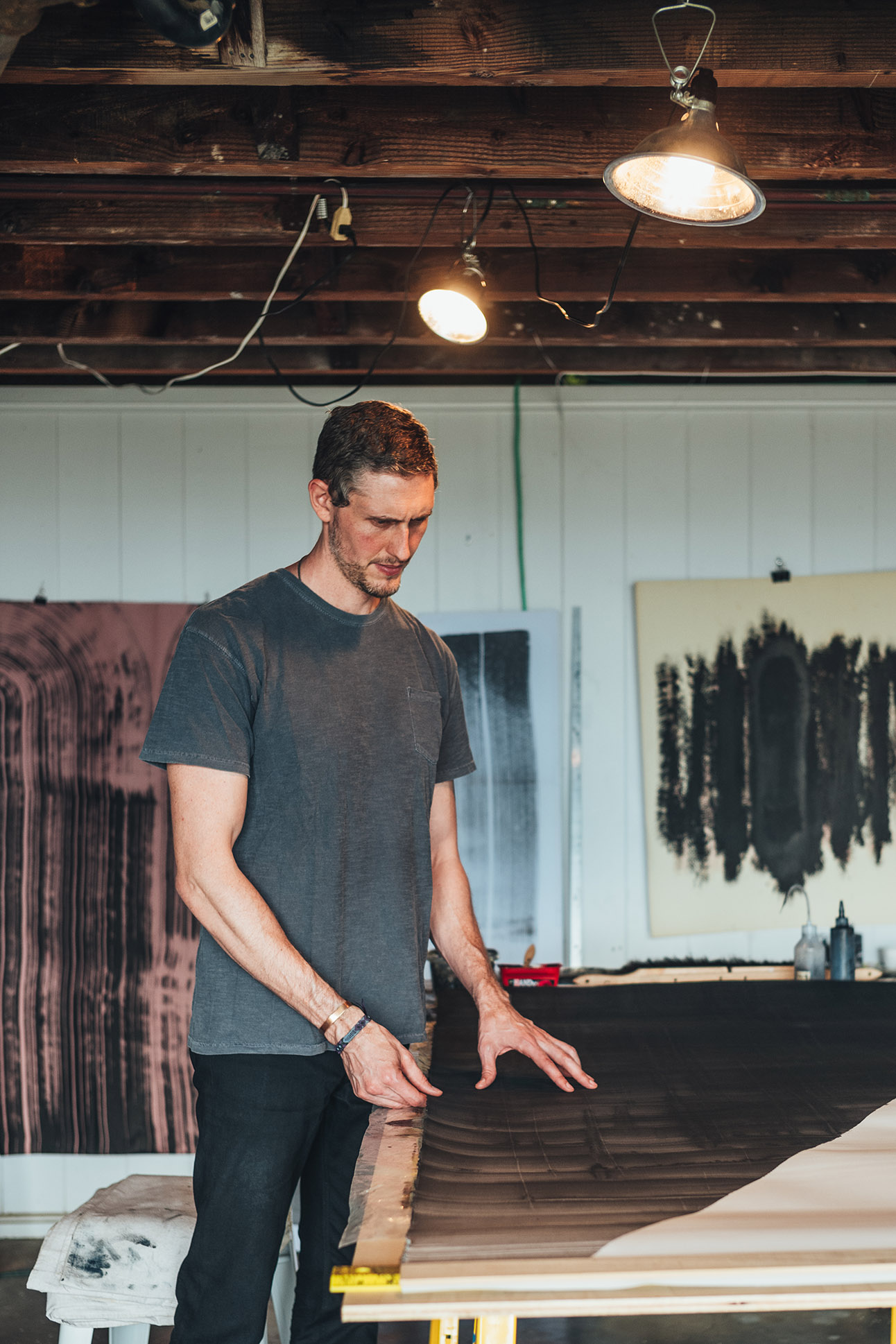

The results are rhythmic, as seen in his series, Season Stones. The cutting and positioning of each segment implies willed movement, a measure we often use to determine what is and isn’t living. The results are also a paradox. Each stone’s interior is revealed and shown in contrast to its exterior, a geologic vivisection that compels us to look closely at an object we might have otherwise cast aside. In Void Stones, we consider the inner and outer lives of stones—their beginnings, middles, ends—and, perhaps, measure them against our own.
The Honolulu-based artist draws from his experiences growing up on Hawai‘i Island in the town of Laupāhoehoe, one of a handful of tiny former sugar towns scattered along the coastal cliffs between Hilo and Honoka‘a. It’s the sort of place where time crawls, where space stretches across the sea to the horizon, and where an intricate Japanese rock garden is a fine, even preferable, substitute for a lawn. Samimi recalls scavenging the Laupāhoehoe Point shore with his brother and collector father, searching for unique stones, driftwood, and other curiosities brought in by the sea.
Though he grew up on Hawai‘i Island, a sense of home has eluded Samimi for much of his life. “I grew up here, but I have this Persian name. My dad is from Iran, but I don’t look Persian and I don’t speak the language,” Samimi says. “My mom is from Minnesota. Her Scandinavian heritage is interesting to me, but I know hardly anything about the culture. So, if I’m not any of these things, what am I? Where’s my place in this world?”
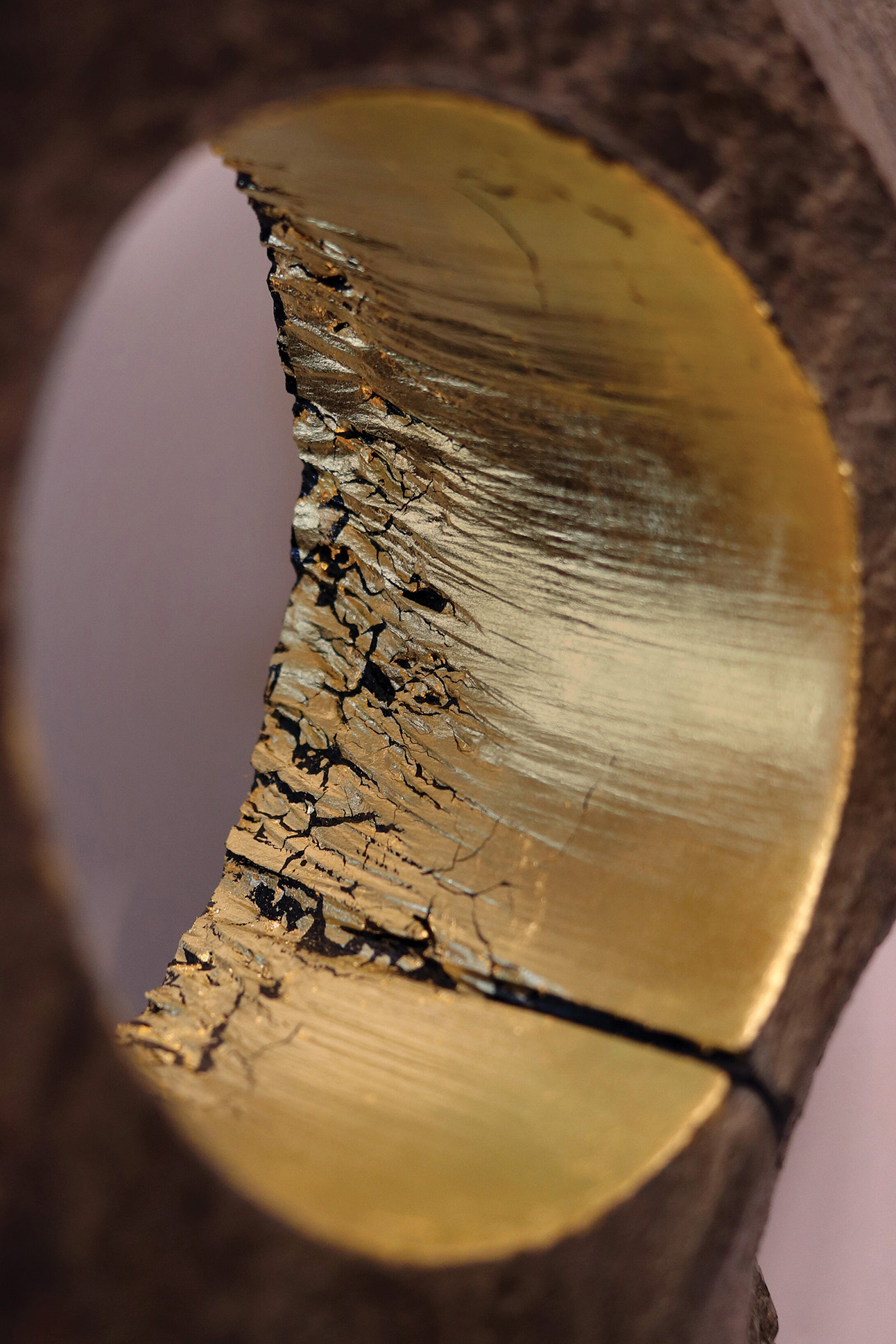
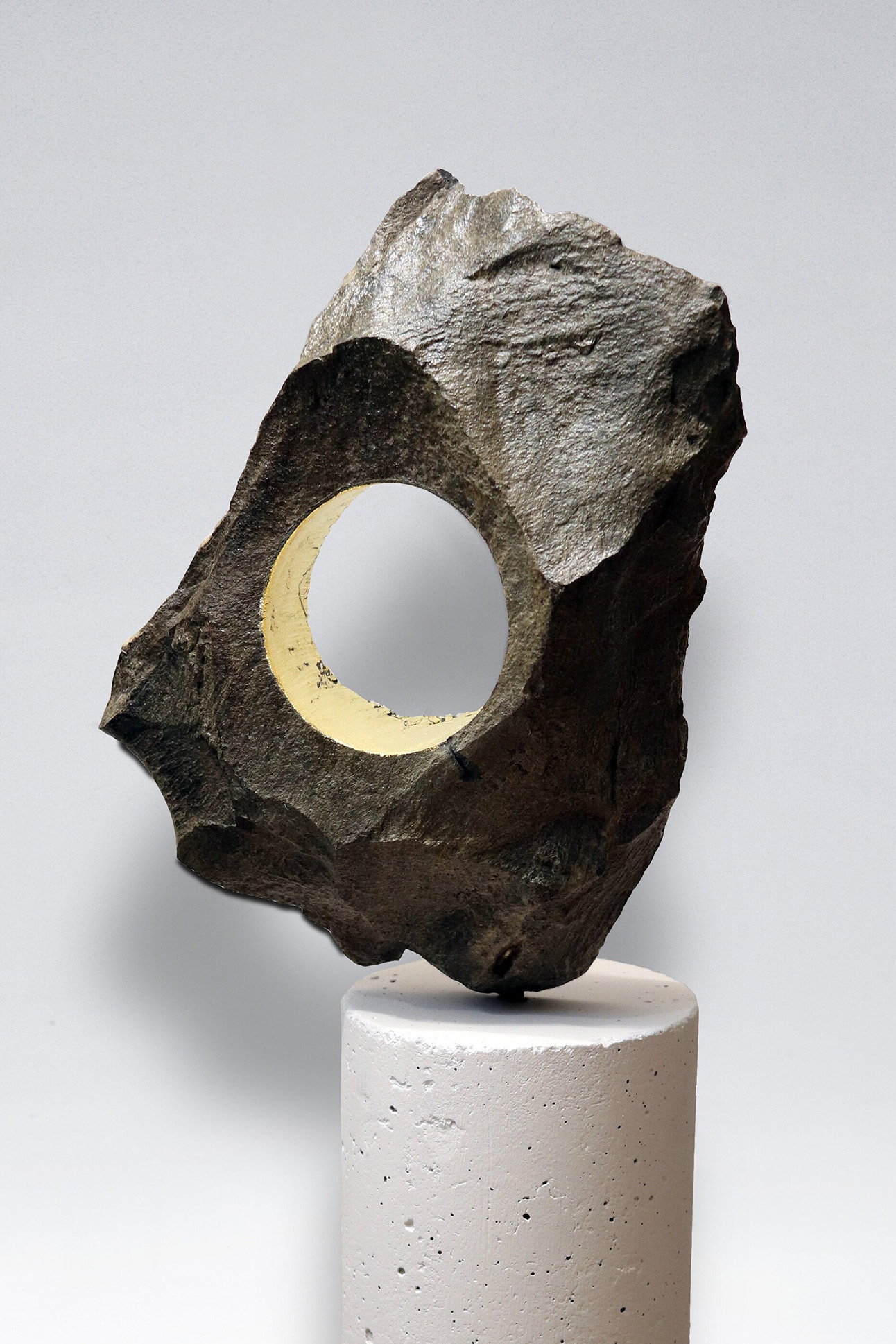
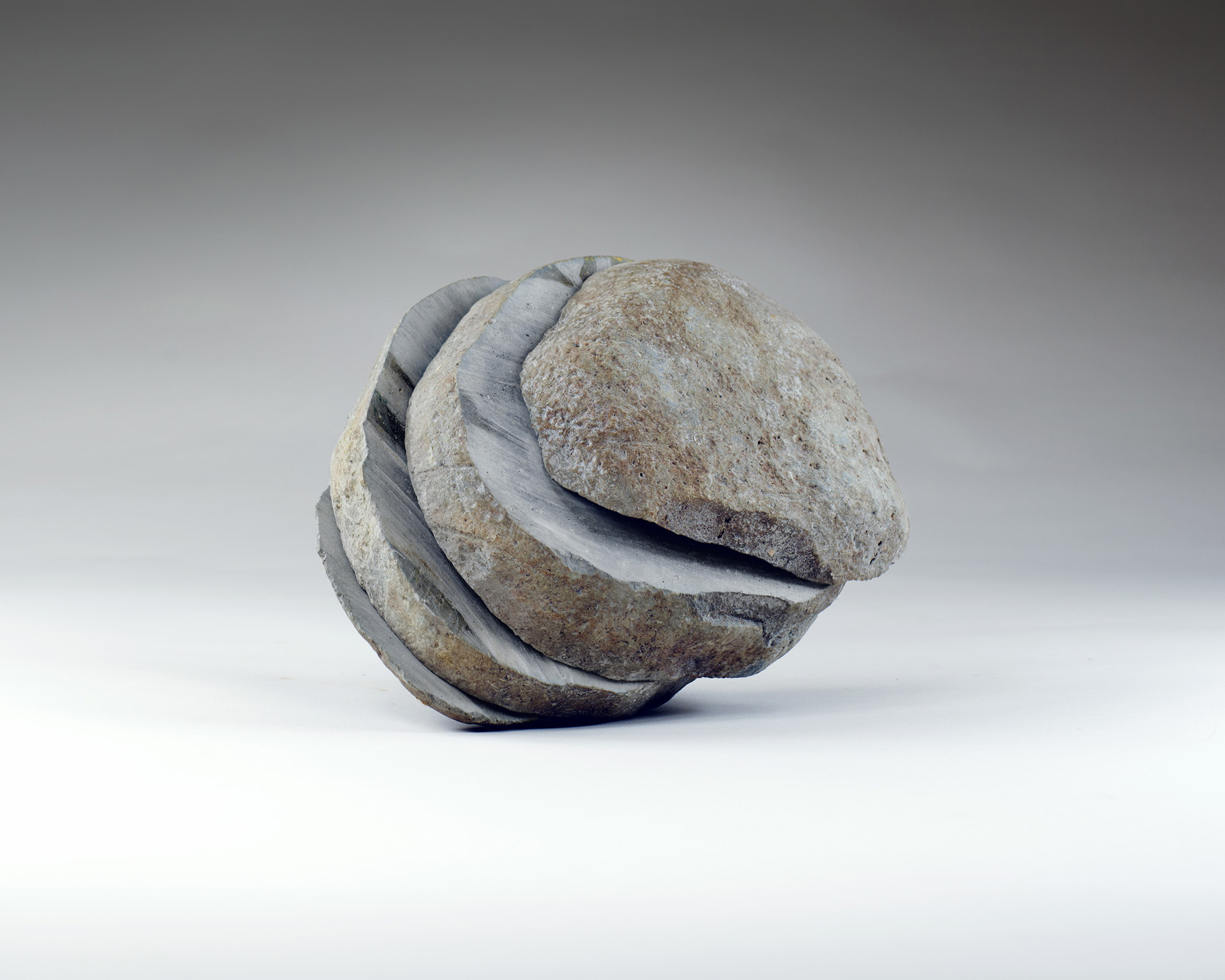
Samimi used to feel as if he was from nowhere, but now he knows he’s from all of these places. What he once perceived to be a lack of identity, of a home, he now understands to be an abundance. Art making pushed him to see all of the inner resources he has at his disposal and to draw upon them.
All of these facets find their way into his work.
“I’m interested in making art that speaks to universal ideas, universal materials, universal forms, themes,” Samimi says. “I want to explore what connects us, not what separates us. That’s beautiful and interesting to me.”
In 2020, the Shangri La Museum of Islamic Art, Culture & Design selected Samimi as its artist in residence, the first artist from Hawai‘i to receive the honor. The opportunity came at a time when Samimi was interrogating his reasons for making art. With new resources at hand, he returned to exploring geometric sculpture. Painting, meanwhile, gave him an immediacy of expression that’s impossible with sculpture. His ink-on-canvas series Presence and Absence expounds upon Samimi’s concerns with time, channeling them inward to include meditations on our own impermanence rather than encompassing wide spans of Earth’s history.
Before I leave Samimi’s workspace, I take a look at his showroom. His Suiseki series sits on shelves, and a combination of tables and pedestals showcase his larger pieces and prints. Adjoining the showroom is his living area, where the kitchenette is practically within reach of the bed. It’s all so devotional: modest living in the midst of icons and totems. “That universal source is what I’m really interested in,” Samimi says. “It’s something that’s important to me, and it always has been. I’m searching, and with each piece I get a little closer.”

